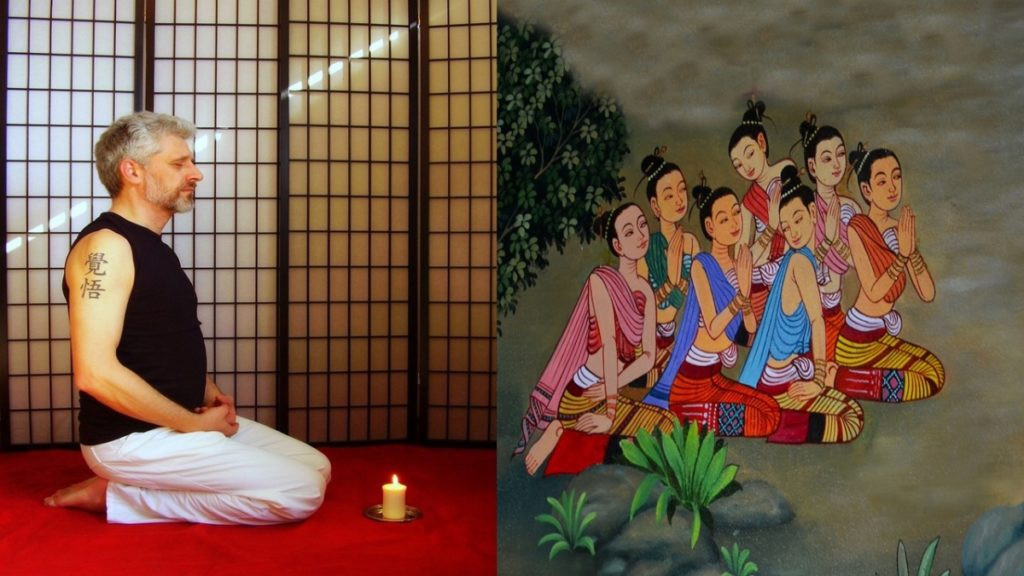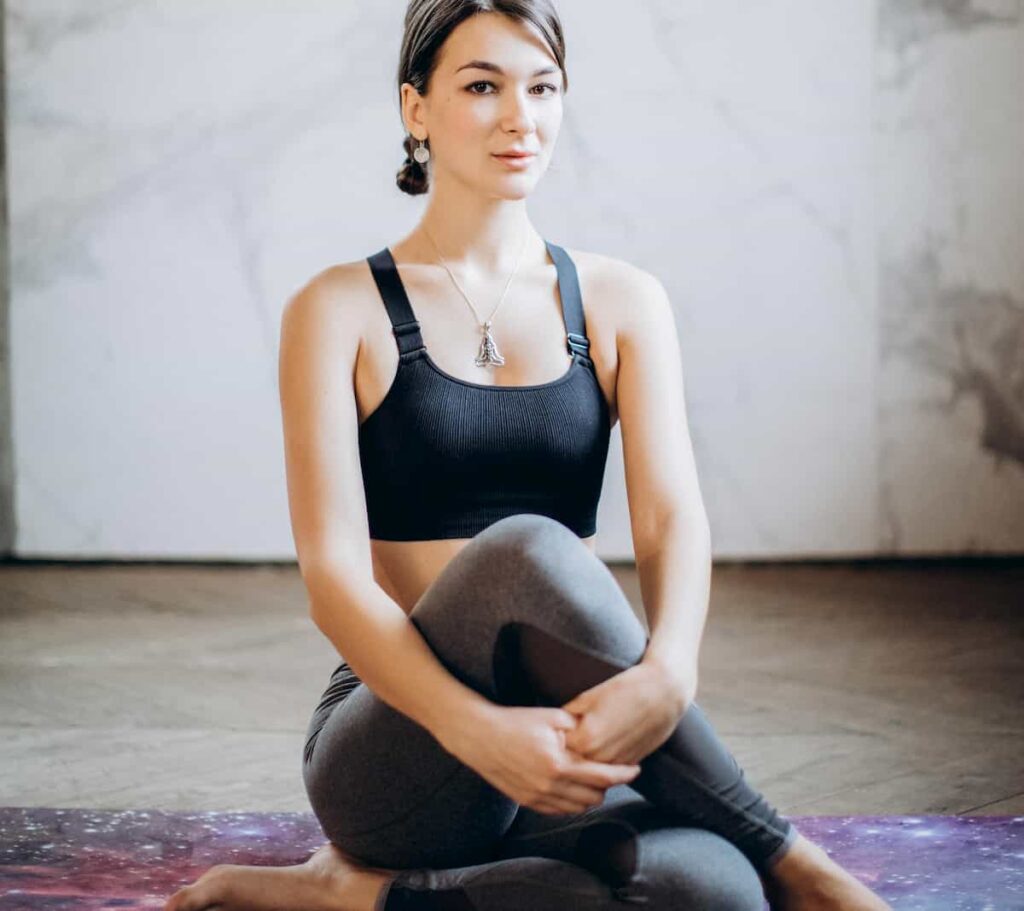Introduction
Why the best five yoga poses for meditation?
To address this inquiry well, I should respond to the accompanying inquiries first.
What are the benefits of meditation? How to do meditation?
Let me take the first inquiry first.
The first and foremost benefit of meditation is: that it takes the stress out. If you meditate daily, you wear out the stress that has accumulated throughout the day. That said, your emotional prosperity is guaranteed.
Besides, your mind gets quiet and serene. Meditation improves inner awareness. Additionally, it gives more command over yourself. You can without much of a stretch forestall sicknesses like hypertension, diabetes, sleep deprivation, uneasiness, tension headaches, and more.
Let us go to the subsequent inquiry. How to do meditation?
Getting mastery over a sitting posture is the first step. This is because you have to be in a consistent posture without an obstacle for quite a while. Mastering a posture makes you comfortable in that seated position regardless of the time you spend on it. That’s why Sage Patanjali defines Asana as the one that gives steadiness and comfort. Patanjali’s Asana means Asana for meditation.
There are plenty of options available when you try to select one seated position. Even so, one seated pose which is easy and suitable for one person may be hard for another one. So one has to identify a suitable pose according to his body type.
Yet different yoga postures give different benefits. Considering the difficulty level of the yoga pose, its suitability for meditation, and the benefits it offers, the best five yoga poses for meditation are hereby selected.
This article lists and describes the best five yoga poses selected for meditation.
Sukhasana for Meditation

Sukhasana is known as Easy Pose in English. As the name suggests, its difficulty level is very low. For people from India and other eastern nations, this pose is natural and they can do it without much effort.
Yet Asana Siddhi or mastery of yoga posture is said to be attained only when the pose is comfortably maintained for three hours without losing steadiness. Hence it requires some practice even for Eastern people.
Easy Pose is the basic crossed-legged seated yoga posture that prepares you for advanced seated postures like Lotus Pose and Adept Pose.
If you are comfortable in Easy Pose for three hours, then it will be much easier to learn Lotus Pose and Adept Pose.
Refer to this article to know the meaning, steps, and benefits of Sukhasana.
Vajrasana for Meditation

Similar to Easy Pose, One can get Asana Siddhi in Thunderbolt Pose easily. Zen Monks and Muslims use this yoga posture for prayer and meditation. This is the only yoga posture that can be practiced even after a meal. Yet, if one practices Pranayama in this posture, it should be only three hours after the meal.
This Posture helps to control celibacy and directs the energy to higher channels for yogic progress. One can control Vajra Nadi with the help of this posture. The posture is not for those who have knee issues. Even Pregnant ladies can perform this posture.
Refer to this article to learn more about Vajrasana and its meaning, steps, and benefits.
Siddhasana for Meditation

Siddhasana is known as Adept Pose or Accomplished Pose in English. Unlike Easy Pose or Thunderbolt Pose, the difficulty level is higher. Moreover, Adept Pose and Lotus Pose are the most ancient of all yoga postures.
One has to put effort to get mastery. Once mastery is attained, yogic progress will be easier.
This Posture gets this name because it gives Siddhis or psychic powers. It also helps to maintain Celibacy. Hence, Yogis and Sannyasins prefer this posture to other postures.
Refer to this article to learn more about Siddhasana and its meaning, steps, and benefits.
Padmasana for Meditation

Padmasana is the most mainstream yoga pose present for meditation from the bygone ages. In English, it gets the name Lotus Pose. This stance channelizes the progression of energy from Root Chakra to Crown Chakra.
One reason for the prevalence of this seated position is it makes the body stable and the psyche tranquil. This permits the yogi to stay in the stance for a more drawn-out length of time which is a fundamental necessity for meditation.
It forms the basis for many yoga poses like the Psychic Union Pose, Hidden Lotus Pose, Bound Lotus Pose, Cockerel Pose, and more. Comparatively, they have lesser meditative values appended to them than to Lotus Pose.
The performance of Root Lock, Chin Lock, and Naval Lock becomes easy in this stance.
The advanced breath control techniques require the assumption of Lotus Pose and the psychic locks mentioned above.
To read more on this, refer to Padmasana, its meaning, steps, and benefits.
Gomukhasana for Meditation

Cow Face Pose is likewise appropriate for meditation. Yet, in the current adaptation of the Cow Face Pose, the position of arms differs from that of the original version. The medieval yoga texts Hatha Yoga Pradipika and Gheranda Samhita didn’t specify the position of the arms. All things considered, putting the arms behind the back is a recent adaptation and it isn’t helpful for meditation.
Just the traditional Cow Face Pose where the arms are set over the knees is reasonable for meditation. Even though the current variant gives more helpful advantages than the more established form, it can not be utilized for contemplation.
The palms are fastened and bolted over the knees. This guarantees a steady sitting position with the spine raised in a straight line. Consequently, the Yogi can sit for a more extended length of time in meditation and Pranayama.
To read more about it, refer to Gomukhasana, meaning, steps, and benefits.
